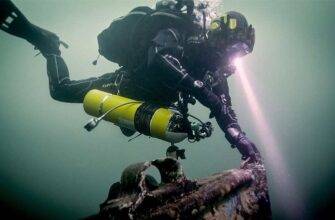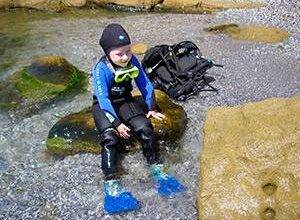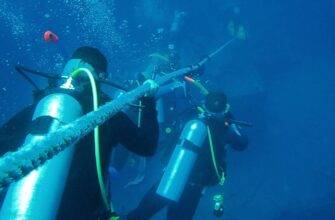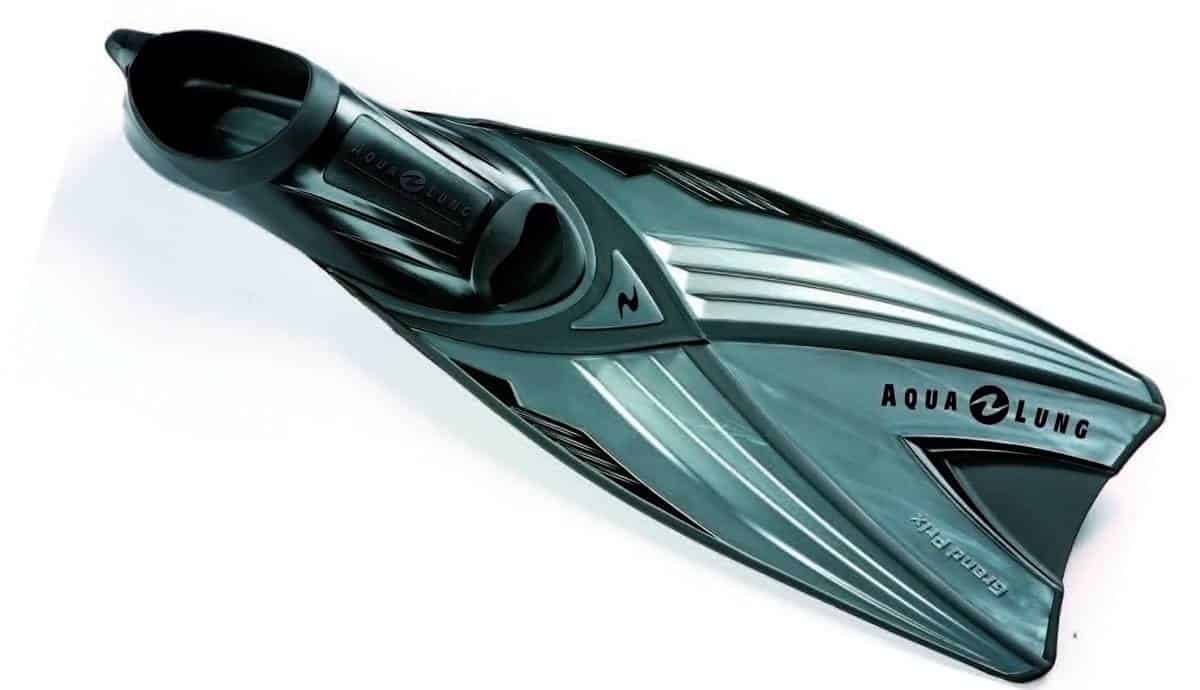
Sports stores offer a wide range of flippers. All of them have their own properties and parameters. Some models are good for training, others are not suitable for the pool, but are ideal for diving. In order to know which fins to choose, it is necessary first of all to define your aims and tasks.
How to choose the flippers?
Flippers are one of the essential items for someone who wants to comprehend the beauty of the underwater world. For professional diving choose the flippers of well known manufacturers. When choosing you should pay attention to the hardness of the rubber. It should not be too rigid but at the same time it should provide the necessary force to move the diver’s body under water.
You should also choose flippers knowing a certain length. It should be equal to about two lengths of the foot. It should be remembered that you have to pay for all quality things, so the price for professional flippers is quite high.
What kinds of fins are available
Flippers with adjustable straps have foot pockets that are open at the back and have adjustable heel straps. Flippers with gimp straps have foot pockets that completely cover the heel.
Flippers with adjustable straps are preferred by divers because they can be worn with wet suit boots and because most of the most effective flippers are of the adjustable type.
Features – Flippers, particularly those with adjustable straps, have several features, learn to choose. The heel straps should allow for a quick fit with minimal effort, which is accomplished by appropriate fittings.
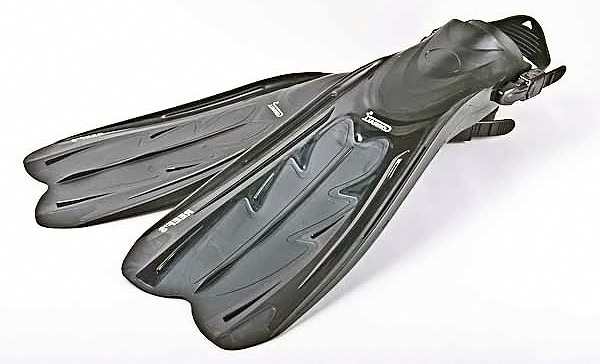
Materials – Most modern fins are of composite construction. This means that the fins are made of a combination of materials.
Thermoplastic fins are the most popular because of:
light weight,
better propulsion efficiency
Variety of colors
Choice – The type of fins you choose is determined by
your size,
your physical abilities
The geographic area where you intend to dive.
The shape of the fins is not as important as the size and stiffness of the blades. The bigger and stiffer the blades, the more muscle strength you will need to use the fins.
Care – Like the mask and snorkel, the fins should be rinsed with fresh water after use and stored in a cool, dry place out of direct sunlight.
Buoyancy Control (BCD).
Purpose
A buoyancy compensator, or BCD, is an expandable chamber that can be inflated or deflated to adjust buoyancy. The BCD can be inflated by mouth or, with an inflator, by air from a cylinder to increase buoyancy.
The BCD is a must-have piece of scuba diving equipment. It is used to achieve positive buoyancy while resting, swimming on the surface, or helping another diver. Underwater, the BCD allows you to maintain neutral buoyancy by simply blowing or deflating.
Types of fins
There are three basic types of BCDs:
1) front-facing,
2) located in the back
3) vest type.
Long or short?
Long fins.
They are the ideal choice for fast swimming, also underwater, because they allow you to reach considerable speed.
Long flippers are used by spearfishers who need to move quickly to catch up with fish.
Narrow long models with a closed heel are used in speed diving.
Such fins are not suitable for scuba divers – they choose models with adjustable size, which have an open heel. Such fins are put on special shoes. The level of strain and speed depends on the rigidity of the blade. A rigid long blade is the “fastest” but if you are not physically fit you will get tired quickly. Correspondingly, with soft long paddles less effort is spent, but they are “slower”.
The disadvantage of long fins is poor maneuverability.
Short fins
They are made of rubber or plastic.
Such models have excellent maneuverability, on rest they are used, for example, by those who like to take pictures of marine flora and fauna. But they will not swim fast. And for a long time, too – because they put a lot of strain on the legs.
Short blade fins are good for the pool because they allow you to work effectively on technique (e.g., breaststroke, or butterfly). Thanks to them the athlete learns to lie correctly on the water. If you want to train with sharp maneuvers, choose models with rigid blades.
And if you need flippers for shallow diving and moving under water, the best option will be a soft short blade. One more nuance – for swimmersbeginners beginner swimmers should choose soft flippers because they do not “overload” the joints. Hard ones are good to increase push power and are chosen by more experienced swimmers.
Thus short flippers differ from long ones mainly because they are not suitable for speed swimming but they are perfect for pool training.
In addition to flippers for full you will need many other swimming accessories. All other goods necessary for swimming will also have to be bought.
Read More:

